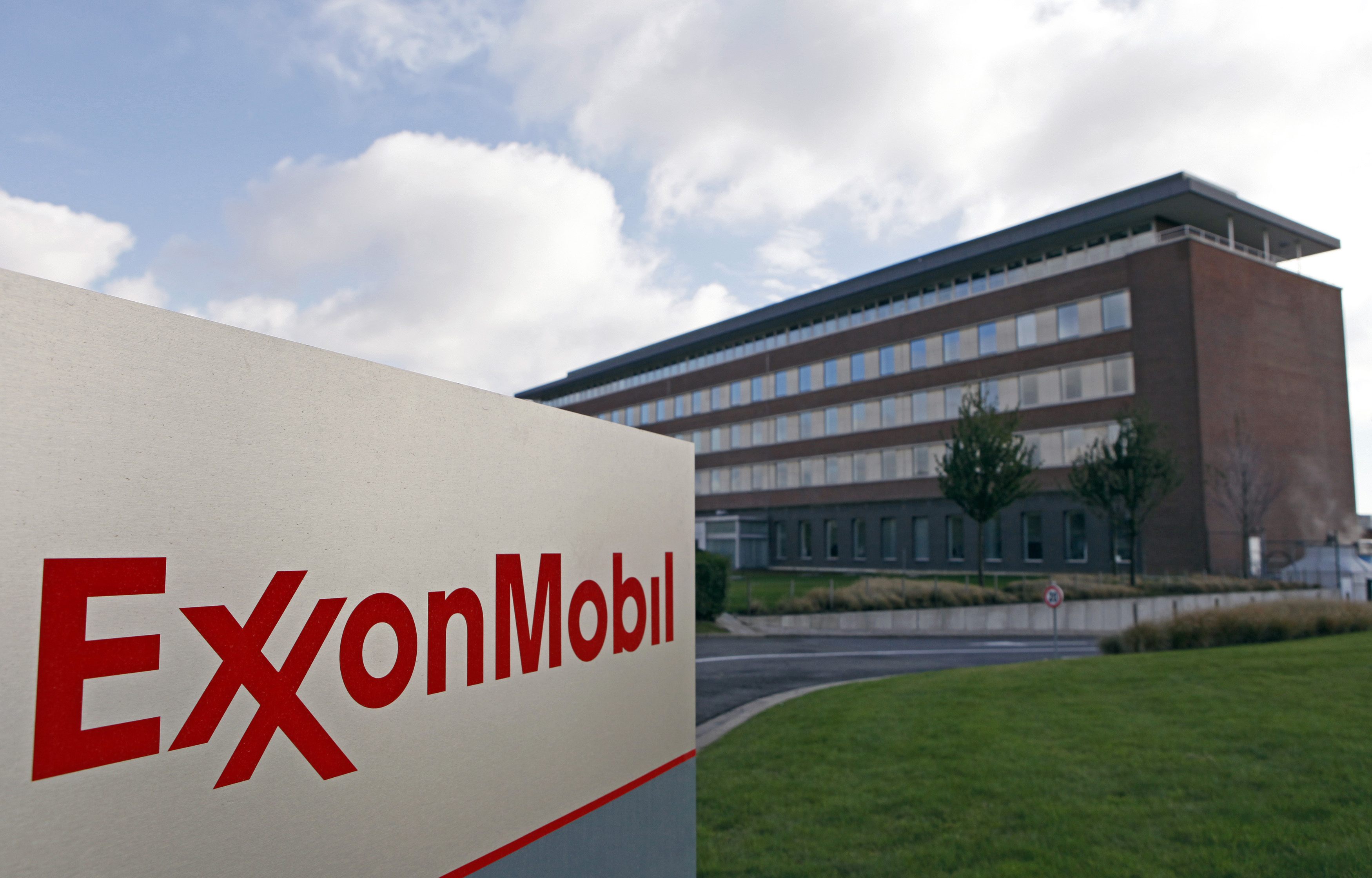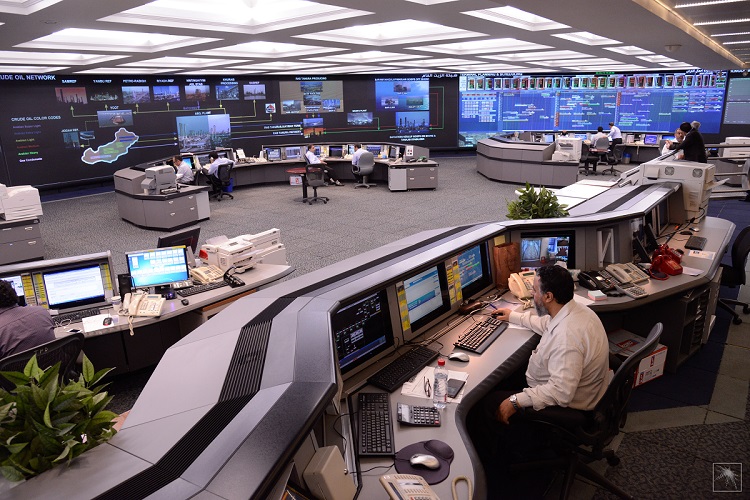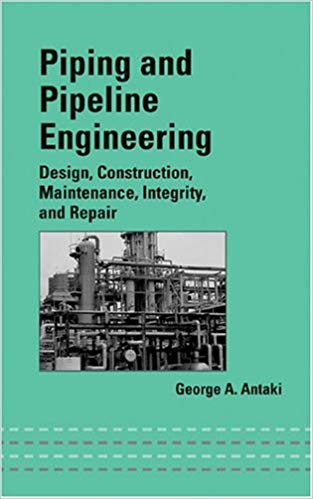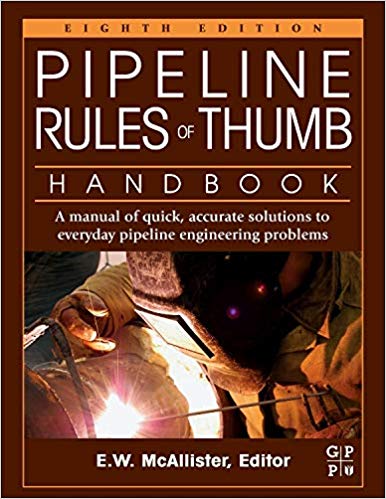 OTTAWA/CALGARY (Reuters) - Canada on Tuesday approved as expected a hotly contested proposal to expand the western Canadian crude oil pipeline it bought last year, providing hope for a depressed energy industry but angering environmental groups.
OTTAWA/CALGARY (Reuters) - Canada on Tuesday approved as expected a hotly contested proposal to expand the western Canadian crude oil pipeline it bought last year, providing hope for a depressed energy industry but angering environmental groups.
Construction on the expansion of the Trans Mountain pipeline is scheduled to resume this year, Prime Minister Justin Trudeau told a news conference. A senior government official, speaking on condition of anonymity, said earlier that Ottawa expected legal challenges to the approval. The project would triple Trans Mountain's capacity to carry 890,000 barrels per day from Alberta's oil sands to British Columbia's Pacific coast, alleviate congestion on existing pipelines and diversify exports away from the United States. Trudeau, who faces a tough fight in a national election scheduled for October, has been under pressure both from western Canadian politicians who accuse him of doing too little for the oil industry, and from environmental groups, which see the oil sands as a highly polluting source of crude production.
"This isn't an either/or proposition. It is in Canada's national interest to protect our environment and invest in tomorrow, while making sure people can feed their families today," he said, adding he knew some people would be disappointed. The Liberal government previously approved the expansion in 2016 but that decision was overturned last year after a court ruled the government had not adequately consulted indigenous groups. The approval was widely expected as the government spent $3.4 billion to buy the 66-year-old pipeline from Kinder Morgan Canada Ltd last year to ensure that the expansion proceeded. Western Canada's oil production has expanded faster than pipeline capacity, causing a glut of crude to build up.
Trudeau said the government would make a series of accommodations to indigenous concerns about the pipeline, including on protections of killer whale and fish habitats in British Columbia. One group of indigenous activists in British Columbia, called Tiny House Warriors, vowed in a statement that the expansion would not be built on their territory. "The Trudeau government does not have the right to put a pipeline through unceded Secwepemc land," spokeswoman Kanahus Manuel said. FURTHER OBSTACLES AHEAD The government's latest approval can be appealed through the courts. Trans Mountain also requires various permits and route approvals in British Columbia, where that province's left-leaning New Democratic Party government opposes the project. The B.C. government also plans to appeal a recent British Columbia Appeal Court ruling that the provincial government cannot restrict the flow of oil on pipelines that cross provincial boundaries.
British Columbia Premier John Horgan said his government was "disappointed" with the federal government's decision but would not unduly withhold construction permits. Construction is expected to take 2-1/2 years, investment bank Tudor Pickering Holt & Co said. Assuming work on the expansion resumes this year, the expanded pipeline could be in service in early 2022. "We will measure success not by today's decision but by the beginning of actual construction and more importantly by the completion of the pipeline," said Alberta Premier Jason Kenney, a frequent critic of Trudeau. "This is now a test for Canada to demonstrate to the rest of the world we are a safe place in which to invest."
The decision will help create billions in economic benefits across Canada as it allows Canadian oil to reach higher-paying international markets, the Canadian Energy Pipeline Association said in a statement. Eighty percent of the expanded pipeline's total capacity has been contracted to companies including Suncor Energy Inc , Canadian Natural Resources Ltd and Exxon-owned Imperial Oil Ltd, according to a National Energy Board filing. The Canadian government has long said it planned to sell the pipeline once most of the obstacles to its construction have been cleared. Numerous indigenous groups have said they are interested in investing in it.
6:09:00 AM | 0
comments






















